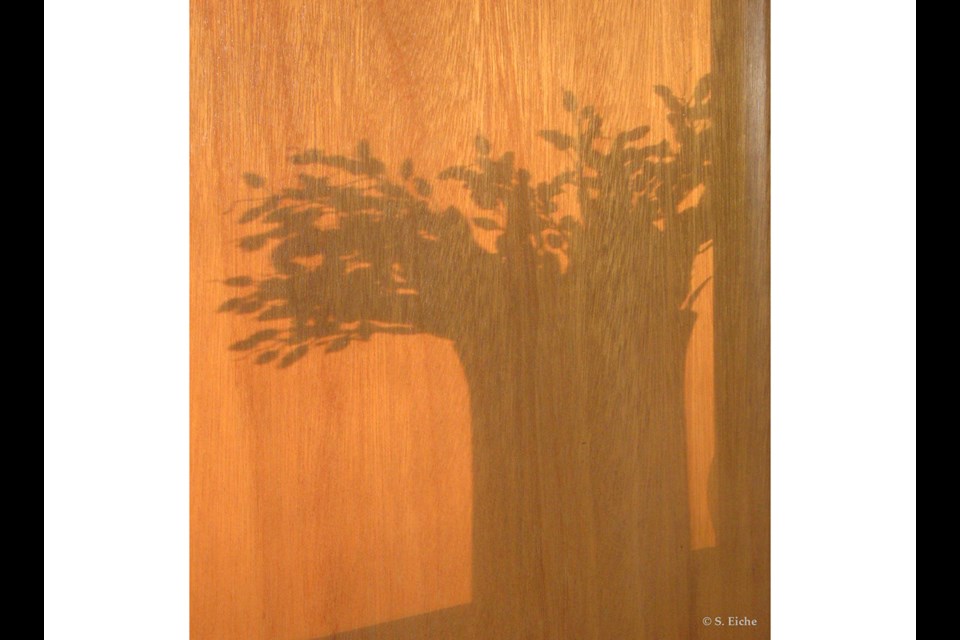We’re asked to stay home, avoiding contact with anyone who isn’t a family member. Outside we have to stand at least two metres away from other people. Restlessness, irritation and boredom are growing. We feel as if we’re under house arrest. Time hangs heavy on our hands. We’ve got cabin fever.
There’s no dearth of suggestions about how to pass the days. Binge watch our favourite TV shows or stream movies. Search the internet for ideas. So, we now have a lot of unstructured time to spend at home. But instead of letting this extraordinary freedom turn us into a society of isolated couch potatoes, why not use it to discover our surroundings?
Spring is here. The sun is shining for longer. If unimpeded, rays of sunlight will stream into our house and illuminate areas we might never have noticed before, because we’ve usually been out of the house during the day. We can observe the light exploring surfaces and objects, casting shadows, showing us silhouettes. Suddenly a new reality unfolds before our eyes.
A few years ago I started photographing shadows and silhouettes – uniquely apt subjects since the word photography literally means recording or writing with light. It’s a fascinating activity. Light is never stationary because the earth is rotating on its axis, continually changing its position with respect to the sun. And more changes come as our planet completes its orbit around the sun.
An expensive digital camera is not necessary to photograph the effects of sunlight. All you need is your smartphone. Watch the rays of light glide over the contents of your home. Observe where the outlines of the shadow appear sharper and where they become soft, and then try to figure out why.
You can draw as well as photograph these phenomena. If you see the shadow of an object cast on a surface why not attach a piece of paper to the surface and trace the outline – and leave it there to watch how the shadow moves (make a note of the time when you drew the outline and compare it to the shadow as it appears at exactly the same time over several days).
And while you have that pen or pencil in your hand, how about trying to draw the everyday objects around the house. Among my favourites motifs are my coffee mug and the newly unwrapped bar of soap, with its crip logo. Try drawing them realistically, emulating a style called “trompe l’oeil,” meaning to deceive the eye.
Whatever you decide to do, don’t finish it in one fell swoop. Leave something for tomorrow. Go to bed knowing that in the morning you can pick up where you left off. This advice is similar to what Ernest Hemingway told writers: “I had learned already never to empty the well of my writing, but always to stop when there was still something there in the deep part of the well, and let it refill at night from the springs that fed it.”
Sabine Eiche is a local writer and art historian with a PhD from Princeton University. She is passionately involved in preserving the environment and protecting nature. Her columns deal with a broad range of topics and often include the history (etymology) of words in order to shed extra light on the subject.



